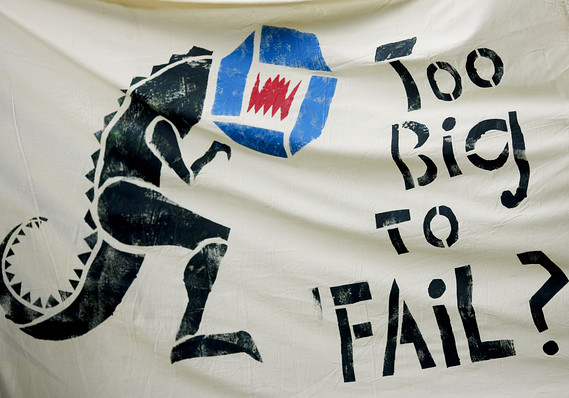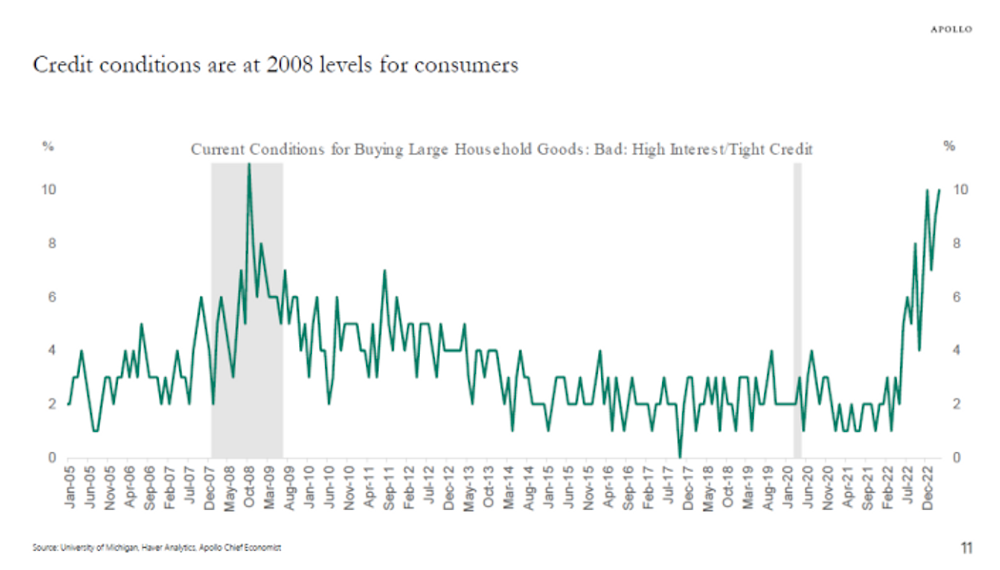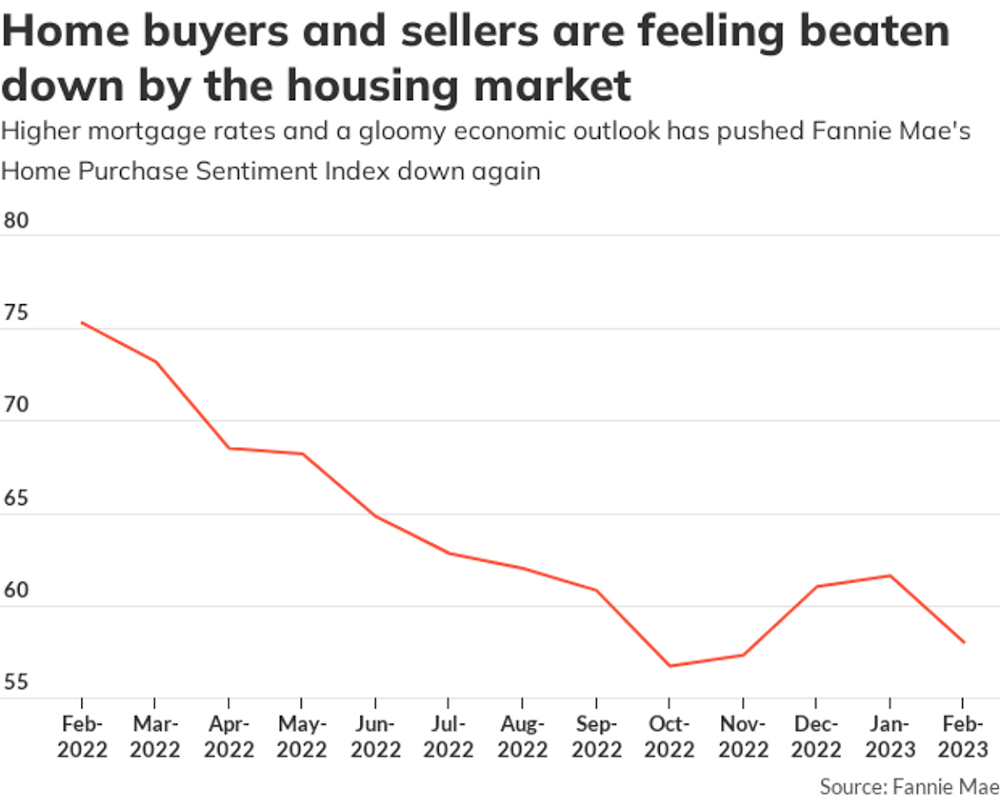WASHINGTON (MarketWatch)
Consumer credit popped for the second straight month in December, a sign that consumers are feeling more confident about their prospects and the economy
U.S. consumers increased their debt in December by a seasonally adjusted $19.3 billion, the Federal Reserve reported Tuesday
The increase is just below November’s $20.4 billion pace which was the biggest gain in a decade
Monthly debt rose by a 9.4% pace in December, after a 9.9% pace in the prior month
The increase in consumer credit in December was much larger than expected by Wall Street economists
For the year, total consumer credit rose 3.7%, the largest increase since 2007
“We view this report as being consistent with broader trends of increased bank willingness to lend to consumers and increased consumer demand for credit” seen in the Fed’s recent survey on loan officers, said Cooper Howes, economist at Barclays Capital in a note to clients
All types of credit gained in the month
The non-revolving category of debt, such as auto loans, personal loans, and student loans, jumped $16.6 billion, or 11.8%, in December
This is the largest amount since November 2001 and follows a 10.7% gain in November
Most of the gain in non-revolving credit in December came from student loans, Howes said
Credit-card debt increased by $2.8 billion, or 4.1%, in the month
This is down from a $5.6 billion increase in the previous month
Credit-card debt declined from a peak of $972.2 billion in September 2008 to $790.2 billion last April
Since then, the trend has flattened out and picked up to $801.0 billion in December
If the downward trend had continued, credit-card debt would be about $100 billion lower, which would mean about $300 per year less in interest payments, noted JB Orecchia, CEO of SavvyMoney.com in an interview
“That money going to interest payments is a tax on the economy, it could be going into the economy,” Orrecchia said
He said he did not think the new upward trend was sustainable
The savings rate, the percentage of disposable income, peaked at 6.2% in the fourth quarter of 2009 and fell to 3.7% in the fourth quarter
“I would love to see the savings rate at 10% but would settle for getting it back up to 5-6%,” Orrecchia said
Welcome
stock market phases theorem.
Chief Artificial Intelligence.
Academic training in Fundamental Mathematics.
IA basada en Razonamiento Humano
Billie, Founder with academic training in Fundamental Mathematics and professional experience in Large Multinationals in the Information Technology sector, having held positions in high-level management positions, maintains that it is time to reduce Unproductive Public Expenditure and help the Private Sector in everything that is possible.
Cortesía de Investing.com
Cortesía de Investing.com
Agenda Macro
Calendario económico en tiempo real proporcionado por Investing.com España.




















2 comentarios:
sigue fluyendo el crédito en USA , y en la Zona Euro nada a los particulares.
por eso sube el consumo, y debido a llo las valoraciones de las empresas, si bien esto ya está descontado.
por eso el euro morirá, espero que rápido.
muerte rápida mejor.
tendremos una revolución de las gentes
Los consumidores estadounidenses elevaron su nivel de endeudamiento en diciembre, según cifras de la Reserva Federal. Los créditos de consumo aumentaron a una tasa desestacionalizada y anualizada de 9,3% con respecto a noviembre para llegar a US$2,49 billones (millones de millones).
.
El motor detrás del alza fue un incremento de 11,8% en los préstamos no renovables, como créditos automotrices y estudiantiles. Mientras tanto, los créditos renovables, como la deuda de las tarjetas de crédito, subieron 4,1% .
Los economistas advirtieron que es muy prematuro para saber si la tendencia es sostenible, pero indicaron que una mayor deuda alentaría el consumo y apuntalaría la incipiente recuperación de la economía estadounidense
Publicar un comentario